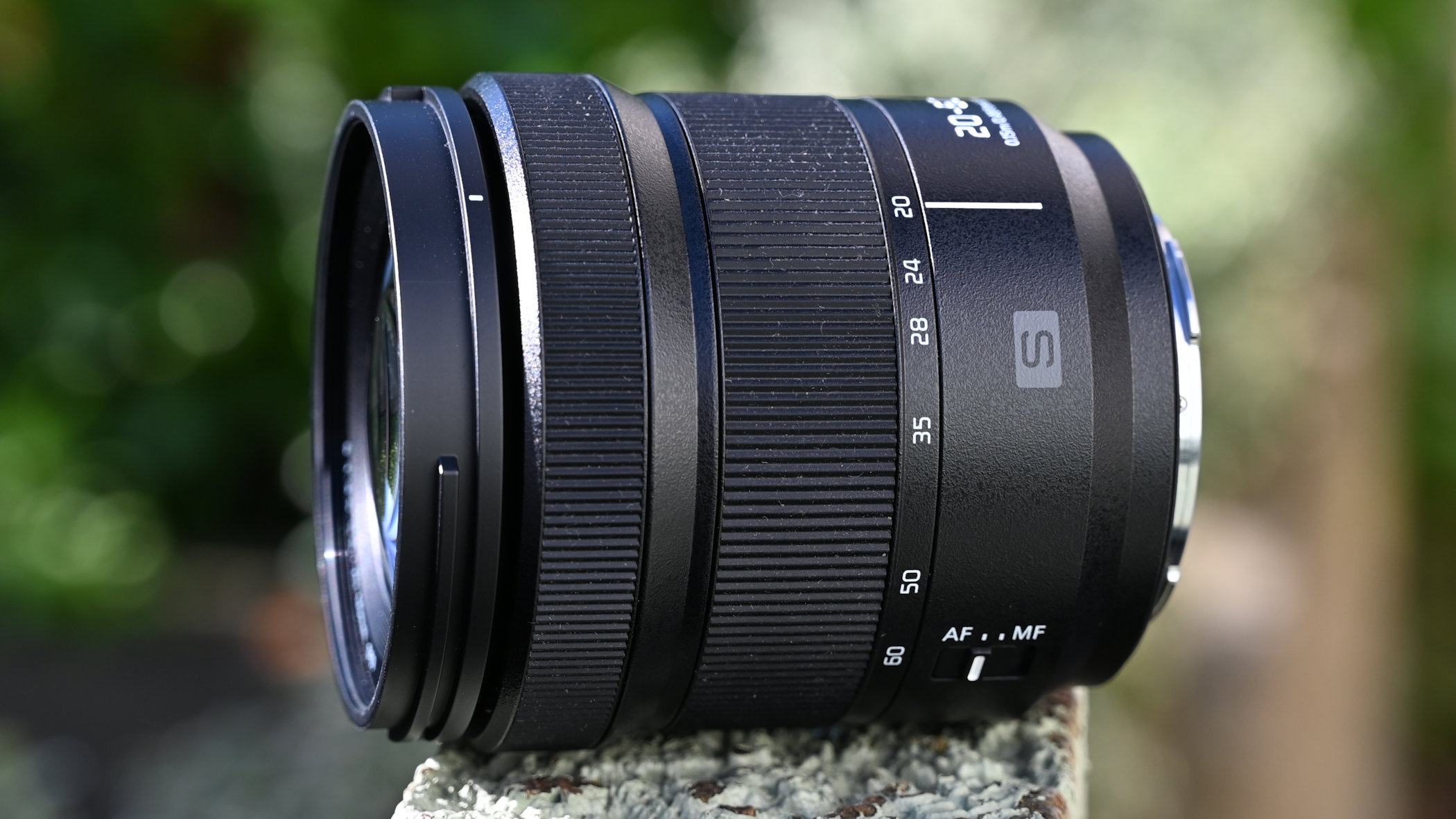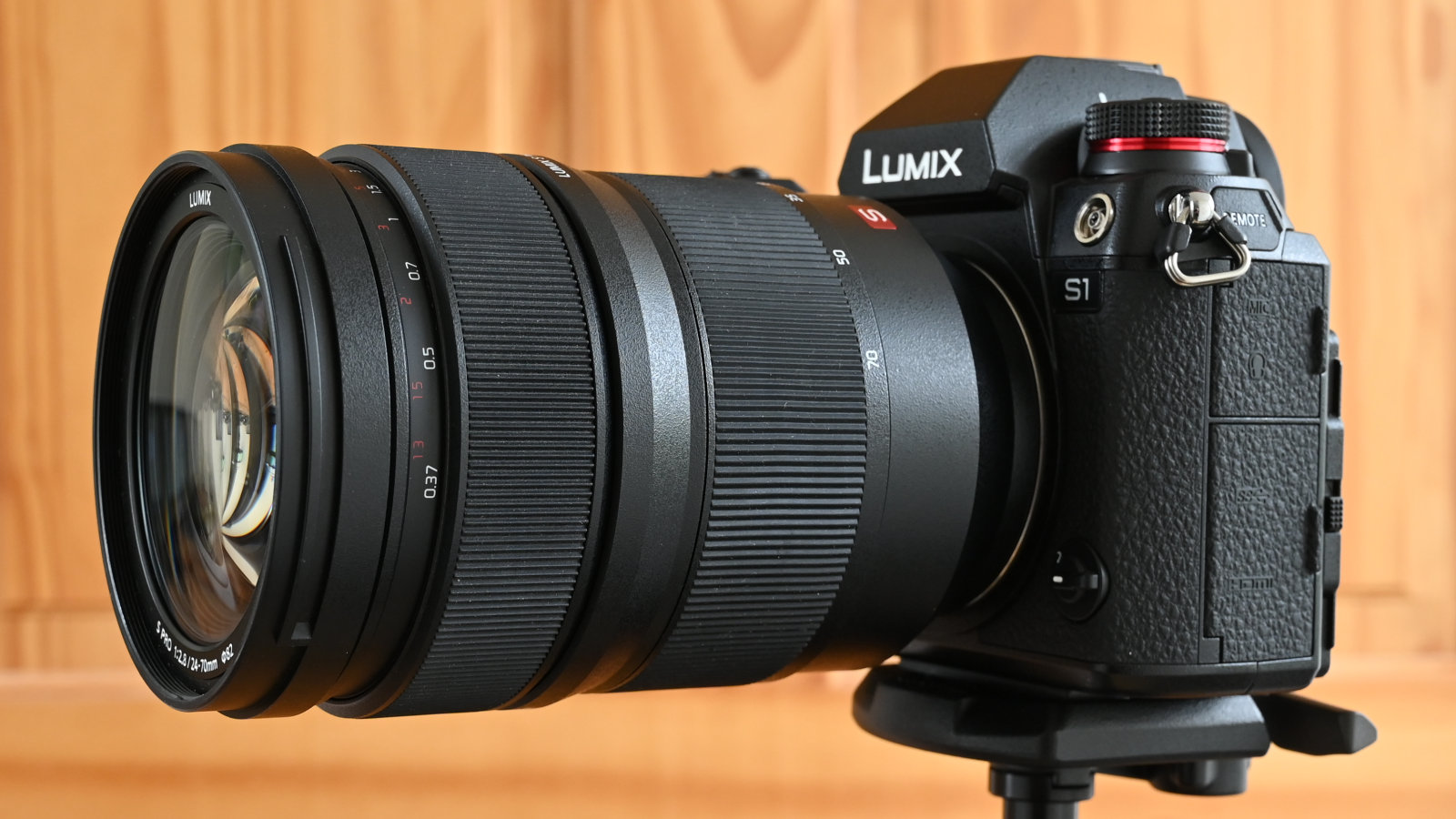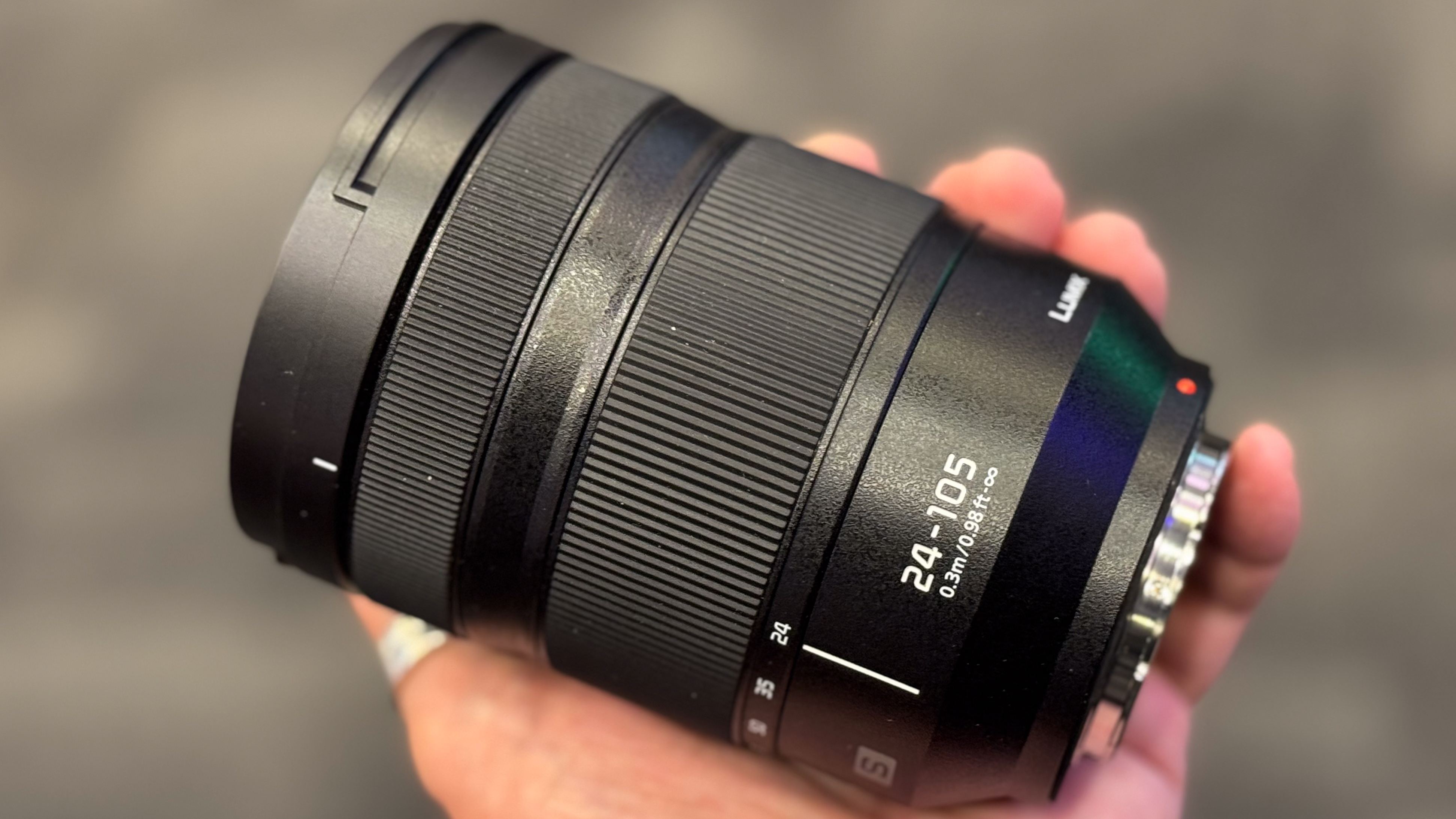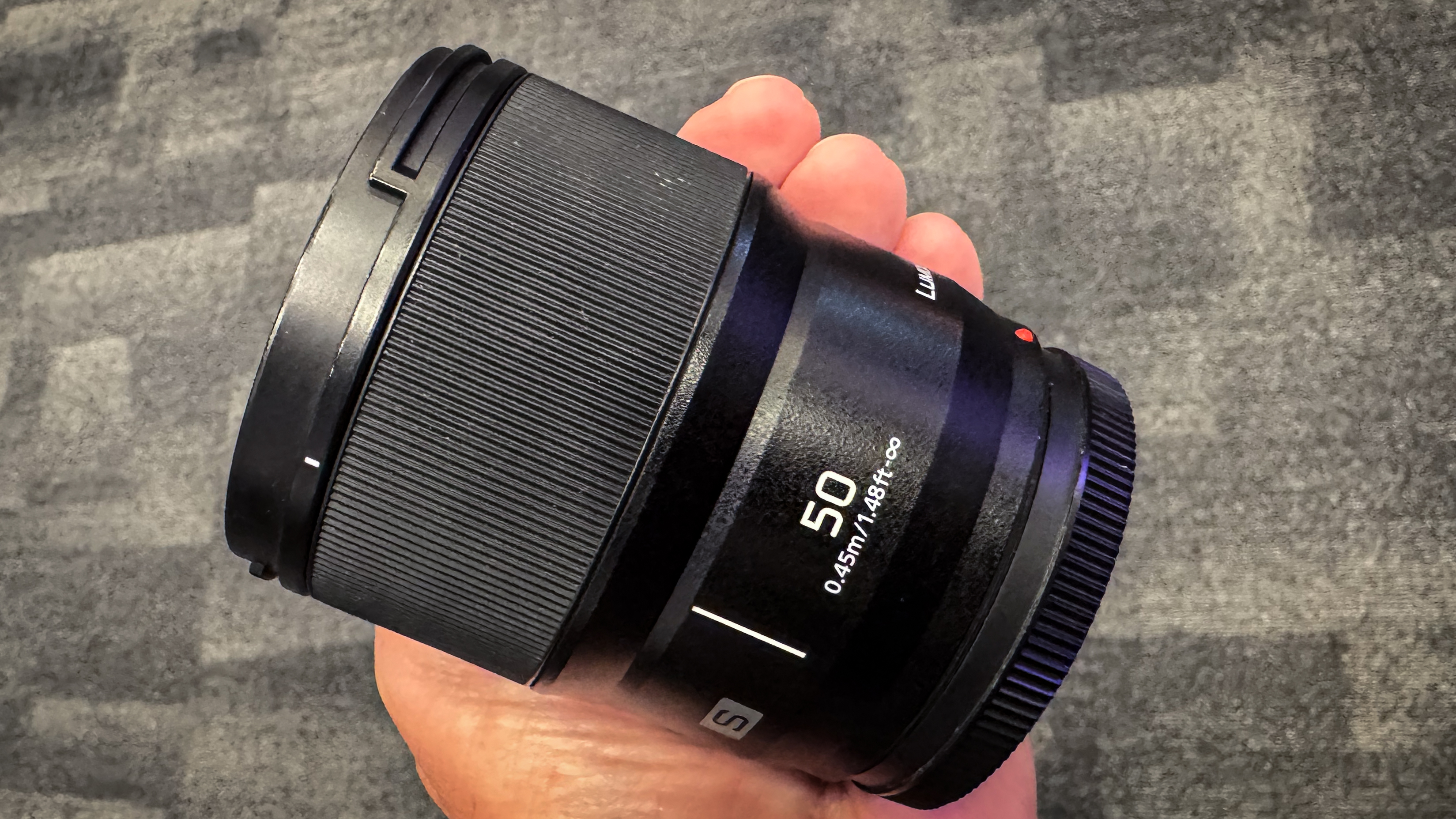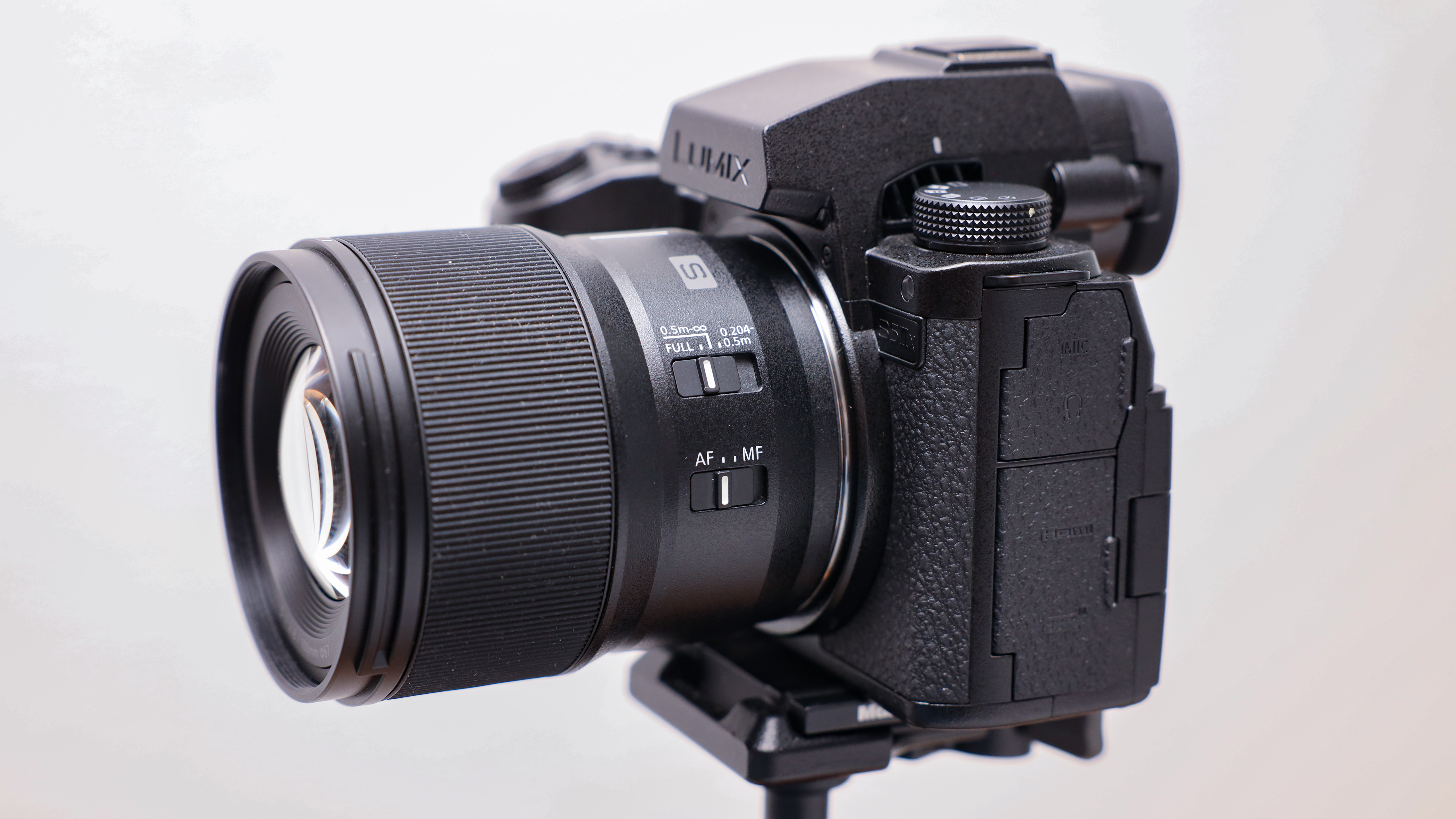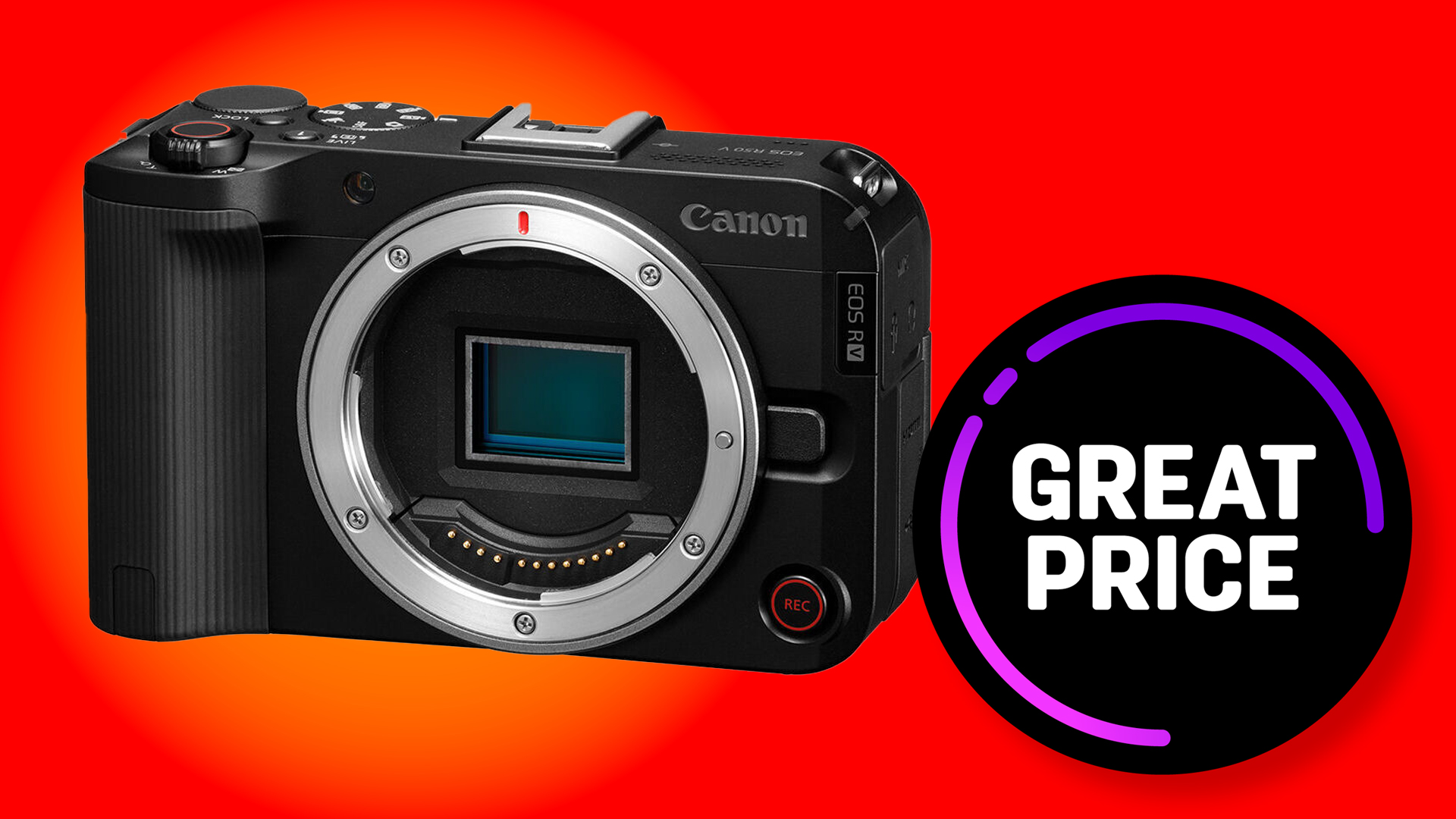The best lenses for Panasonic Lumix S5, S5 II and S5 IIx cameras: ideal fits for size and price
I pick out the best lenses for Lumix S5, S5 II and S5 IIx based on cost, size and performance, making them a perfect fit for these cameras
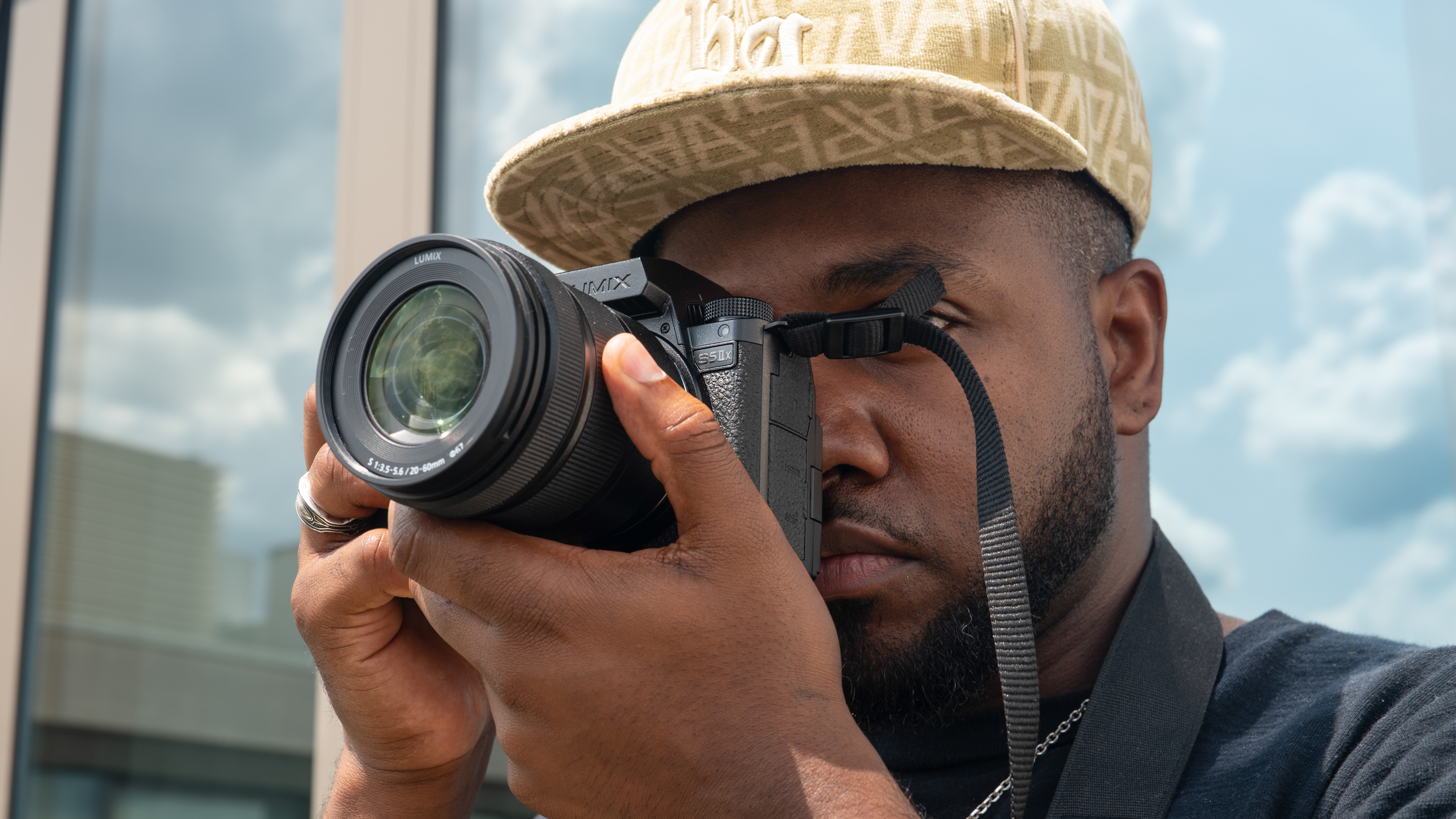
I think that the Panasonic Lumix S5 offered first time full frame mirrorless camera buyers real value for money and has long been one of the best Panasonic cameras. The only thing against it was Panasonic’s dogged determination to stick with its DFD contrast AF autofocus system, which is fine for single-shot stills photography but has definite limits for subject tracking and video.
The newer Lumix S5 II and S5 IIx have changed all that. They both feature a new 24MP sensor with phase-detect autofocus to put them on a par with the best mirrorless cameras from Canon, Nikon and Sony, and they also have improved and extended video capabilities which make them among the best vlogging cameras and the best cameras for filmmakers, while the S5 IIx has features to challenge some of the best cinema cameras – not least Panasonic’s own Lumix S1H.
So while the original Lumix S1 and especially the Lumix S1R seem to have hit the buffers as regards any future development, it’s left to the Lumix S5 range to take Panasonic’s full frame camera range forward.
And they’re certainly up to the job. At the price, they are amongst the best hybrid cameras for content creators who shoot both stills and video.
Panasonic’s own lens choice is modest in number but covers all the bases, including ultra-wide, standard and telephoto zooms and a good selection of compact and affordable primes. So which are the best? Here’s my hit list, based on lenses that I and the team have used and tested for ourselves.

Rod is an independent photography journalist and editor, and a long-standing Digital Camera World contributor, having previously worked as DCW's Group Reviews Editor. He has used practically every interchangeable lens camera launched in the past 20 years, from entry-level DSLRs to medium-format cameras.
The Quick List
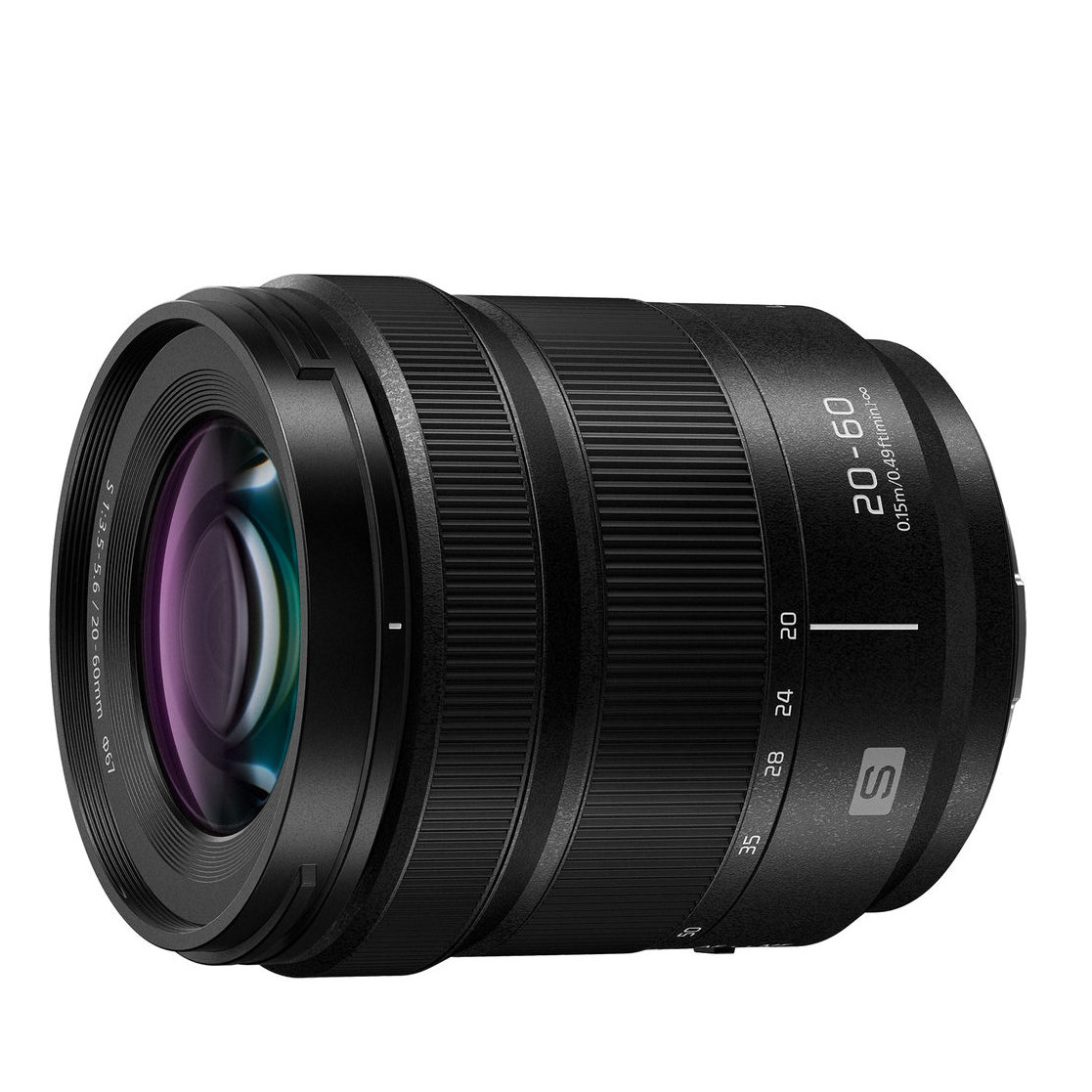
I love this kit lens for walkabout shooting, with its extra-wide maximum viewing angle. Read more below…
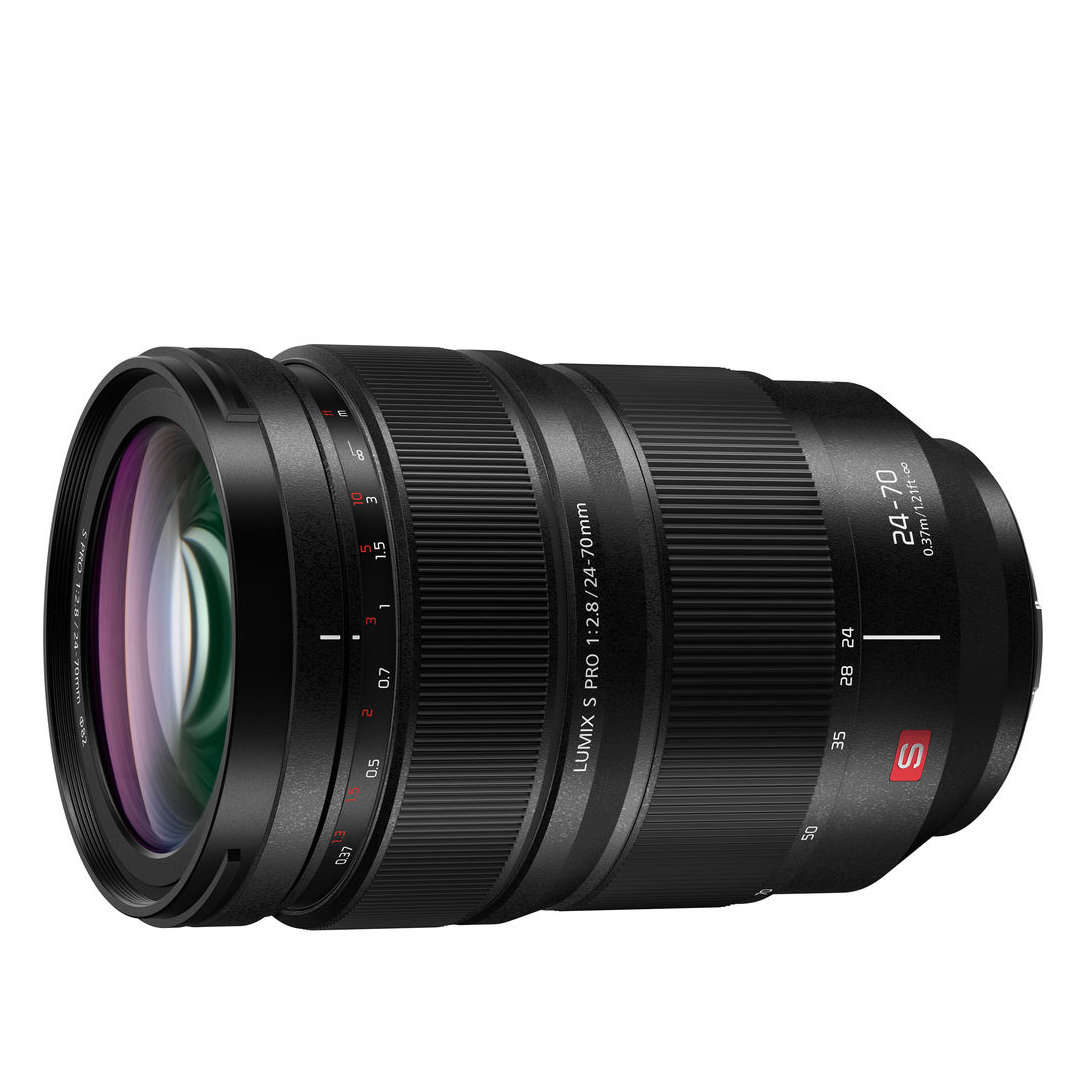
There's no beating a fast 'trinity' standard zoom for versatility and this one follows suit. Read more below…
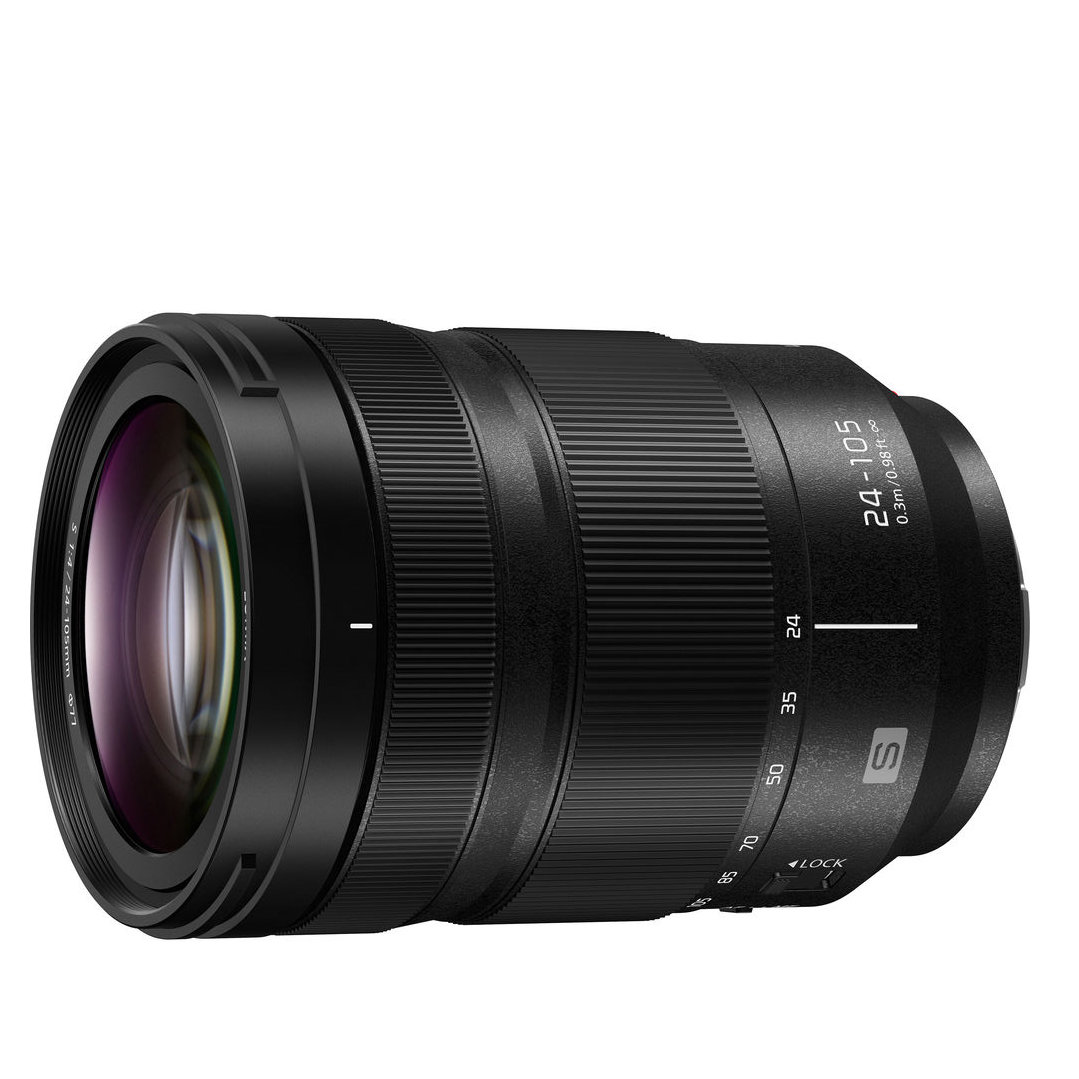
A real utility optic, this zoom stretches from wide-angle to decent telephoto reach, with a constant aperture. Read more below…
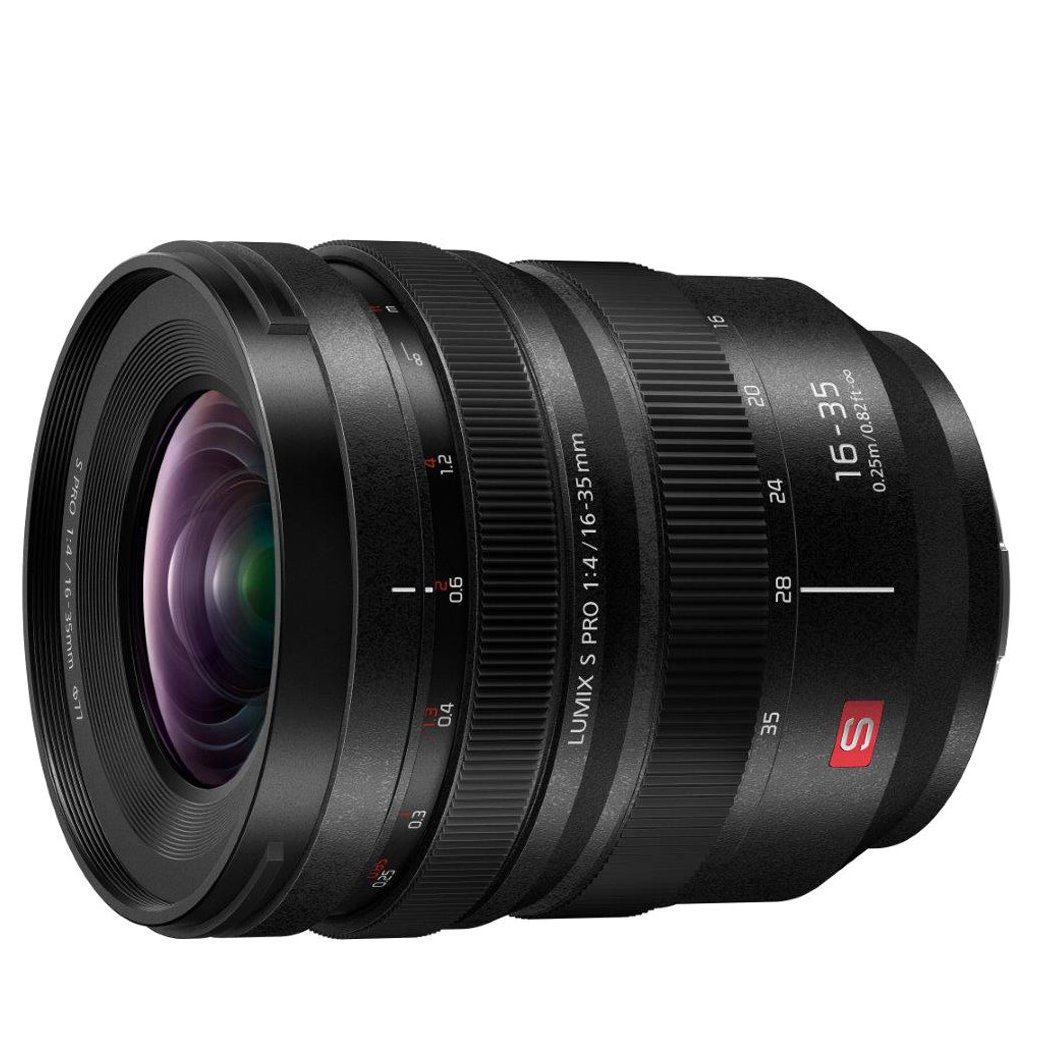
A smart choice for landscapes, architecture and more, with a refreshingly compact build. Read more below…

Faster 70-200mm zooms are often preferred but this f/4 version keeps the size down and the weight off. Read more below…
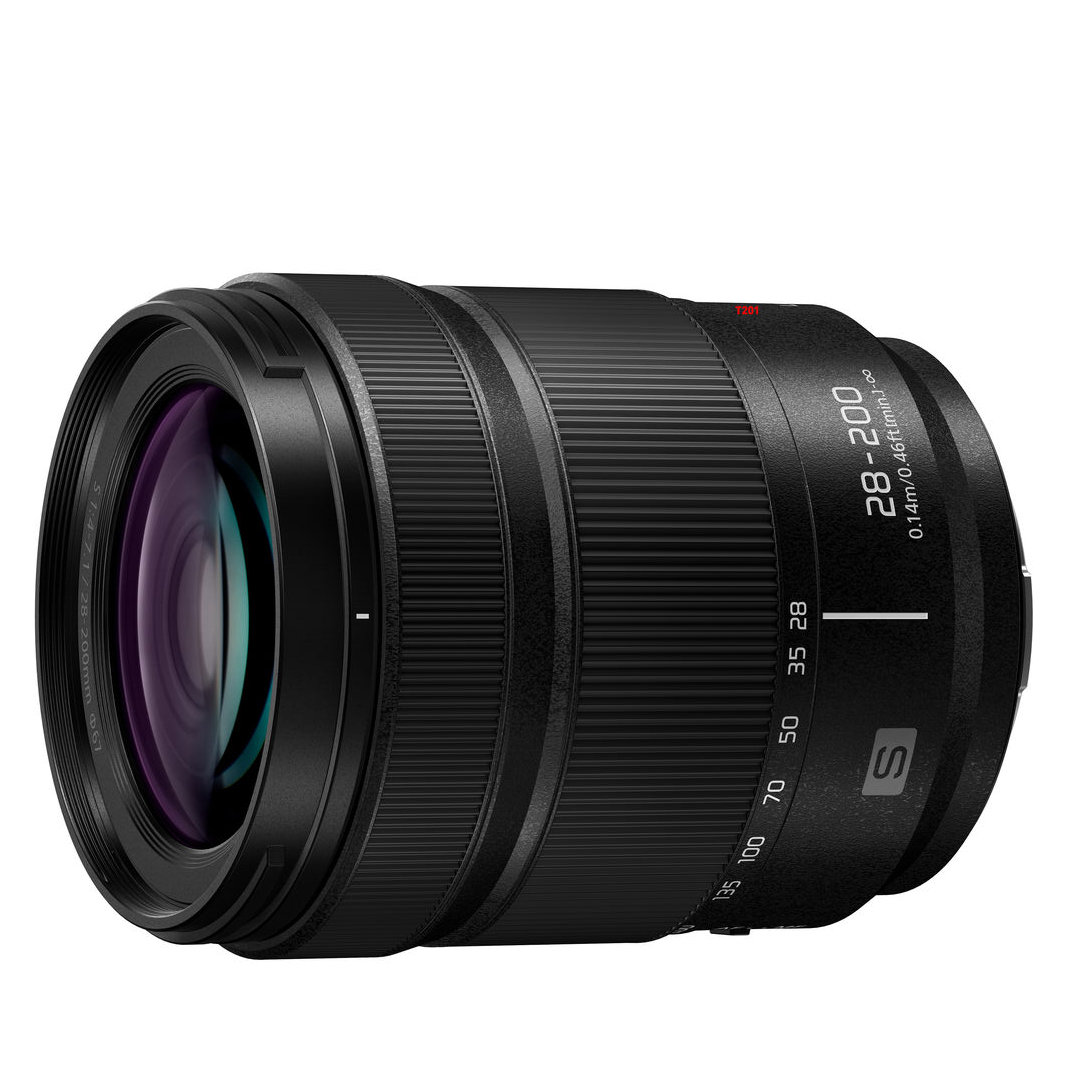
When I want to travel light with just a single lens, this 'super-zoom' is the one I reach for. Read more below…
View the full list ⤵
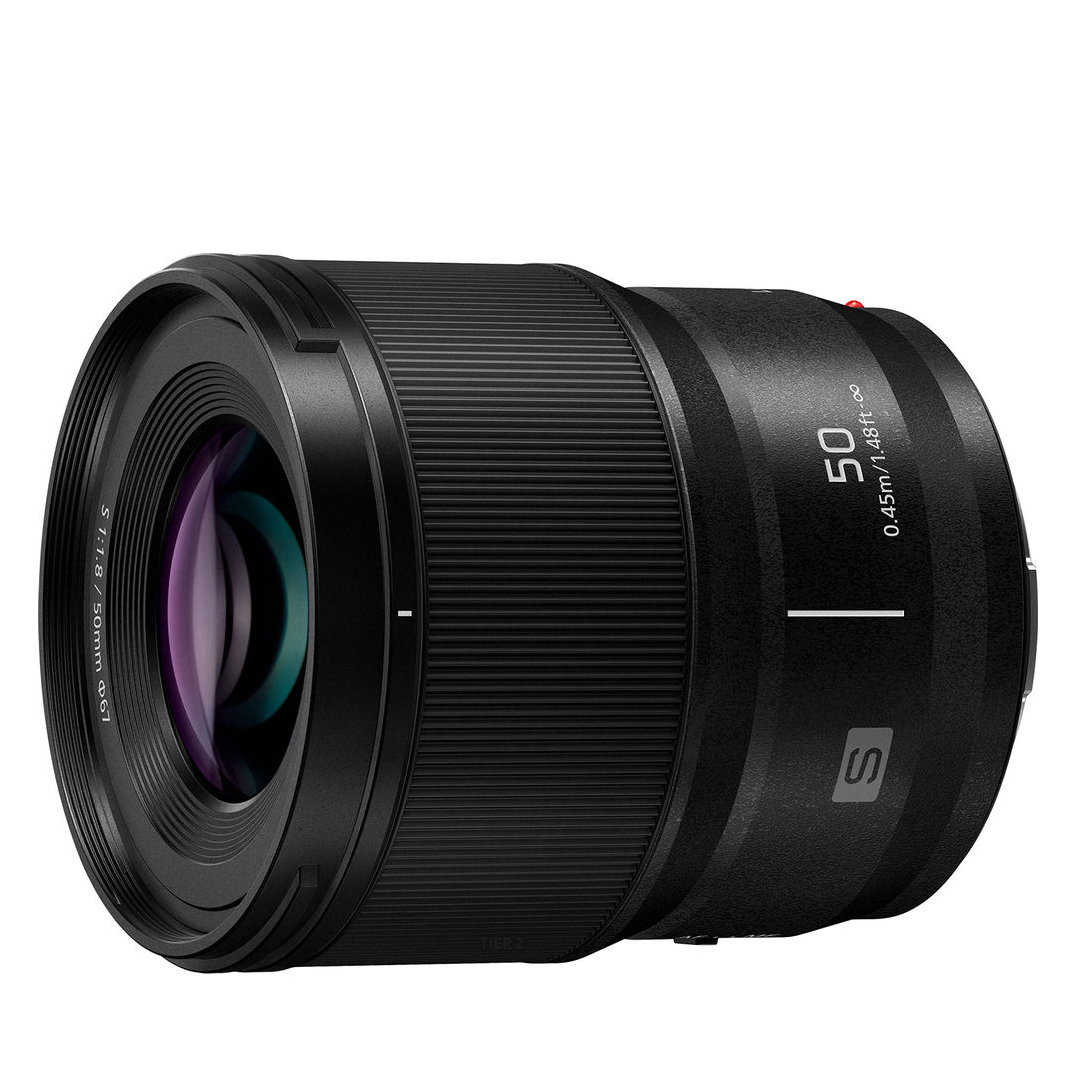
A 'nifty fifty' is often a prime indredient of any camera outfit, and this one's a smart choice for size and price. Read more below…
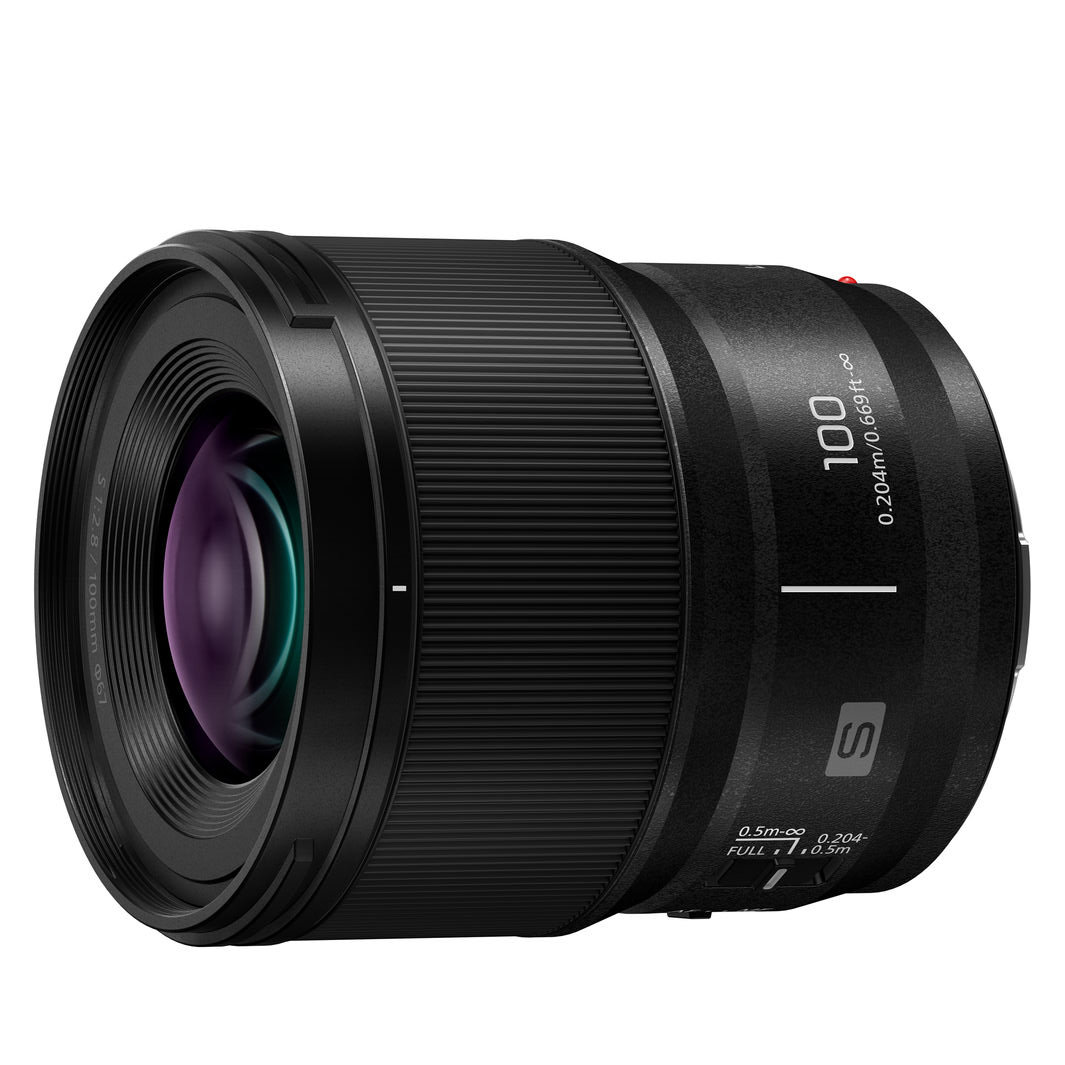
Get into the detail with this full 1.0x magnification macro lens that's surprisingly versatile. Read more below…
Best lenses for the Panasonic Lumix S5, S5 II and S5 IIx
Why you can trust Digital Camera World
Best kit lens for Panasonic S5
Specifications
Reasons to buy
Reasons to avoid
The Panasonic Lumix S 20-60mm f/3.5-5.6 is often sold as a kit lens with the Lumix S5, Lumix S5 II and S5 IIx, so you may well have this lens already. If not, and you’re currently weighing up whether to invest in the Lumix S range and what kit lens to get, this is a terrific buy. It doesn’t have the constant f/2.8 maximum aperture of the professional Lumix S PRO 24-70mm f/2.8, but it does have a unique, wider focal range that could mean you don’t need to carry around, or even own, an ultra-wide zoom lens. The image quality is very good, considering that this lens does not add a lot to the cost of the camera kit, and as well as being pretty light and portable for a full frame zoom, this lens is also weather-sealed.
See our full Panasonic Lumix S 20-60mm review with lab tests
Features | In keeping with the small size and competitive price, the feature set isn’t extravagant. | ★★★★ |
Design | As I’d expect, the inner barrel extends at longer zoom settings but the lens remains compact. | ★★★★★ |
Performance | The wide-angle potential is a winner, especially as the lens deliver very good edge-to-edge sharpness. | ★★★★★ |
Value | At only about half the price of many lenses in this guide, it’s quite the bargain. | ★★★★★ |
Best fast standard zoom for Panasonic S5
Specifications
Reasons to buy
Reasons to avoid
A constant-aperture 24-70mm f/2.8 is a standard professional choice for a full frame camera, and Panasonic’s offering is very good value compared to equivalent own-brand lenses from other camera makers. It is predictably big and heavy, though, and while it works fine on the Lumix S5, S5 II and S5 IIx, it’s probably a better-balanced fit on the larger Lumix S1 and S1R. The build quality is first rate – this is a really solid-feeling lens – and the image quality is very good too, though it does start to fall away very slightly at maximum zoom. This is one of a number of very attractive pro lenses from Panasonic which could help to bring users into the system.
See our full Panasonic Lumix S PRO 24-70mm f/2.8 review
Features ★★★★☆ | It has a typical feature set for a ‘trinity’ standard zoom, combining a 24-70mm range with a constant f/2.8 aperture. |
Design ★★★★☆ | It’s big and strong but pretty weighty for a standard zoom that you’re likely to use as your daily lens. |
Performance ★★★★☆ | Sharpness drops off towards the long end of the zoom range but performance is very good overall. |
Value ★★★★☆ | It’s typically pricey for this class of lens but reasonably good value for money. |
Best utility lens for Panasonic S5
Specifications
Reasons to buy
Reasons to avoid
A 24-105mm f/4 is a popular kit lens choice for full frame mirrorless cameras. It offers a longer focal range than a regular standard zoom and you still get a constant maximum aperture, although it’s f/4 rather than f/2.8. The Lumix S 24-105mm f/4 Macro O.I.S. is a robust and solid feeling example, though as usual for this type of lens, it is quite big and heavy, especially on the smaller Lumix S5, S5 II and S5 IIx bodies. You do get optical stabilization, though, for extra hybrid IS alongside the cameras’ in-body stabilization, and there’s also a half life size 0.5x ‘macro’ mode that can get you closer than usual to your subjects. The optical performance is pretty good, too, though I’d prefer to see slightly better edge sharpness in a lens at this price.
See our Panasonic Lumix S 24-105mm f/4 Macro O.I.S. review
Features ★★★★★ | Top features include a generous zoom range, a constant f/4 aperture, hybrid optical stabilization and 0.5x macro. |
Design ★★★★☆ | It’s relatively big and heavy for a standard zoom lens but the design feels robust and includes multiple control switches. |
Performance ★★★★☆ | This lens is a solid performer with fast autofocus, pleasing image quality and effective stabilization. |
Value ★★★☆☆ | It’s pretty pricey for a 24-105mm f/4 zoom and not the best value for money. |
Best wide zoom for Panasonic S5
Specifications
Reasons to buy
Reasons to avoid
If Panasonic does have a gap in its lens line-up, it’s in its wide-angle lenses. It doesn’t have a 16-35mm f/2.8 to complete the ‘trinity’ pro lens setup that other camera makers offer, and you’ll have to make do with this 16-35mm f/4. (There is also the excellent Sigma 14-24mm f/2.8 DG DN Art if you don’t mind a third-party alternative.) The payback for the f/4 maximum aperture is a much lower price compared to own-brand f/2.8 alternatives, lighter weight and smaller size. The build and handling are excellent as is the image quality, so you really are getting a pro lens, even if it’s not an f/2.8.
See our full Panasonic Lumix S PRO 16-35mm f/4 review
Features ★★★★★ | The ultra-wide zoom range comes complete with a removeable hood and filter thread, ideal for landscape photography. |
Design ★★★★★ | Top-notch build quality and handling characteristics make this a lens that’s worthy of its ‘PRO’ badge. |
Performance ★★★★★ | Autofocus is fast and consistently accurate, while image quality is excellent in all respects. |
Value ★★★★☆ | It’s pretty pricey for an f/4 ultra-wide zoom but you get what you pay for. |
Best telephoto zoom for Panasonic S5
Specifications
Reasons to buy
Reasons to avoid
Panasonic makes two 70-200mm pro lenses. The Panasonic Lumix S PRO 70-200mm f/4 O.I.S. was the first to appear and, given its size and weight, the one I would probably choose for the Lumix S5, S5 II and S5 IIx bodies – partly because this f/4 lens is plenty big enough already, and the f/2.8 version is even more of a monster. The body is weather sealed, the autofocus is fast and near silent, and the image quality is remarkably good, only dropping slightly at the 200mm setting, and even then it’s not by much. With optical stabilization built in, it works with the cameras’ own IBIS systems for enhanced stabilization.
See our full Panasonic Lumix S PRO 70-200mm f/4 O.I.S. review
Features ★★★★★ | Neat features include a super-fast autofocus system, Arca-Swiss compatible tripod mount and a push-pull focus ring. |
Design ★★★★★ | As I’d expect from a Panasonic ‘PRO’ lens, this one has top-grade build quality and extensive weather-seals. |
Performance ★★★★★ | Along with fast autofocus and effective stabilization, image quality is superb. |
Value ★★★★☆ | It’s naturally less expensive than its bigger 70-200mm f/2.8 and pretty good value. |
Best travel lens for Panasonic S5

Specifications
Reasons to buy
Reasons to avoid
If you are looking for a does-it-all travel lens for your Lumix S5 then look no further than the Lumix S 28-200mm f/4-7.1 O.I.S. The most compact and lightweight 7x superzoom lens made to date for any system, this lens won't trouble the weight or size limits of your carry-on, while covering all the most commonly needed focal lengths when traveling. This is a lens that should unquestionably be on top of any S5 photographer's wish list.
Usually, I expect to see superzoom lenses like this fall down when it comes to image quality throughout the zoom range, but the 28-200mm is excellent, with only the very top end of the zoom showing a few wobbles. While it won't rival primes or pro lenses for sharpness, for a lens of this type Panasonic has done very well indeed.
The 28-200's stand-out feature though has got to be its Dual I.S.2 image stabilization which offers optical stabilization combined with in-body image stabilization. This system is one of the absolute best in the business and works wonders for steady shooting in still photography, but it really comes alive in video, where results handheld at 200mm were so very impressive.
It is a slight shame that the focal length is a little shorter than other brands, as a little more length would have expanded its versatility into sports and wildlife just a touch more, but it's a trade-off I can accept for the physical savings.
Read our full Panasonic Lumix S 28-200mm f/4-7.1 Macro O.I.S. review
Features | It’s pretty basic but the lens does feature AF/MF and OIS on/off switches. | ★★★★ |
Design | Panasonic has done well to pack such a generous zoom range into such a compact lens. | ★★★★★ |
Performance | Performance is very impressive for a superzoom lens although edge-sharpness could be better. | ★★★★ |
Value | It’s great value at the price, especially as it can act as a substitute for two regular zoom lenses. | ★★★★★ |
Best standard prime for Panasonic S5
Specifications
Reasons to buy
Reasons to avoid
If you feel the need for a ‘nifty fifty’ for your Lumix S5, S5 II or S5 IIx, then this is a great choice. It’s a LOT less expensive than Panasonic’s excellent but huge 50mm f/1.4, but still has a real quality feel and delivers optical performance to match – though if you’re really into bokeh you might not like the cats-eye highlights near the edges of the frame. Otherwise, this is a great lens and, interestingly, part of a family of reasonably priced Lumix S f/1.8 primes, which also includes 18mm, 24mm, 35mm and 85mm options. Not only do these share the same maximum aperture, they’re almost identical in size and design, too.
See our full Panasonic LUMIX S 50mm f/1.8 review
Features ★★★★★ | The 35mm focal length is a classic for street photography and the f/1.8 aperture should prove sufficiently fast. |
Design ★★★★★ | It’s not as fast as an f/1.4 or f/1.2 lens but the trade-off is a compact, lightweight and easily manageable build. |
Performance ★★★★★ | Snappy autofocus helps you react quickly to unfolding events and image quality is gorgeous. |
Value ★★★★☆ | It’s certainly not cheap for an f/1.8 prime but the lens is good value considering the features and performance. |
Best macro lens for Panasonic S5
Specifications
Reasons to buy
Reasons to avoid
The recently released Panasonic Lumix S 100mm f/2.8 Macro lens looks a perfect choice for macro fans and certainly fills a gap in Panasonic’s lens line-up. Remarkably, it’s about the same size as Panasonic’s other prime lenses and is very compact for a full-frame 100mm macro lens. The autofocus is fast and near silent, so you won’t scare away timid insects, and while there is some occasional focus hunting, that’s not unusual at ultra-close distances.
The optical performance is great, especially in the center, which is sharp even wide open, although the corners can't quite keep up, with some softness around the edges until you push the aperture up to f/4 and beyond, after that, things look excellent across the frame.
The Sigma 105mm f/2.8 DG DN Macro Art is a lot bigger and heavier, but it’s also cheaper and gives the Panasonic 100mm Macro a real run for its money when it comes to optical quality.
See our full Panasonic Lumix S 100mm f/2.8 Macro review
Features | It’s very good but lacks the oversized macro magnification or optical image stabilization of some competitors. | ★★★★ |
Design | It’s amazing that Panasonic has managed to shoehorn such an excellent macro lens into such a small build. | ★★★★★ |
Performance | The lens is able to resolve the finest of detail in macro shots and is useful as a short telephoto lens as well. | ★★★★★ |
Value | Considering the lack of an optical stabilizer and a few handling extras, it’s not outstanding value. | ★★★★ |
Lab data and comparisons
The graphs below show the comparative performance of the lenses in this guide, based on our in-house lab tests. The Panasonic Lumix S 100mm f/2.8 Macro prime leads the way for sharpness but the Panasonic Lumix S 24-105mm f/4 Macro OIS is particularly impressive for a zoom lens. There’s very little color fringing or distortion on show, but the Panasonic Lumix S 100mm f/2.8 Macro is technically the worst for the latter.
Scores for sharpness and color fringing are averaged from data taken across the entire image frame, from the center to the edges and corners, throughout the aperture range. For zoom lenses, the scores are also averaged from data measured at all marked focal lengths, and the same applies to distortion. Bear in mind that these average values don't fully reflect specific areas of performance. For example, a zoom lens might have noticeable barrel and pincushion distortion at its shortest and longest focal lengths respectively, which tends to average out when looking at the data overall. For more detailed graphs of each lens's performance, which give the full picture, check out the graphs in our full standalone lens reviews.
How we test lenses
The lens experts in our testing lab run a range of tests under controlled conditions, using the Imatest Master testing suite. Photos of test charts are taken across the range of apertures and zooms (where available), then analyzed for sharpness, distortion and chromatic aberrations.
We use Imatest SFR (spatial frequency response) charts and analysis software to plot lens resolution at the centre of the image frame, corners and mid-point distances, across the range of aperture settings and, with zoom lenses, at four different focal lengths.
There's more to it than just the technical side, though! Beyond the lab, our reviewers test lenses in real-world environments – and sometimes on professional shoots! We work with lenses both indoors and outdoors, in studio conditions and in natural light, with as many different subjects as is possible (or appropriate – there's no point testing a landscape lens' ability to shoot a portrait!).
We take into account everything from handling and ease of use to speed of autofocus and the overall quality of the images produced.
Find out more about how we test and review on Digital Camera World
The best camera deals, reviews, product advice, and unmissable photography news, direct to your inbox!

Rod is an independent photography journalist and editor, and a long-standing Digital Camera World contributor, having previously worked as DCW's Group Reviews editor. Before that he has been technique editor on N-Photo, Head of Testing for the photography division and Camera Channel editor on TechRadar, as well as contributing to many other publications. He has been writing about photography technique, photo editing and digital cameras since they first appeared, and before that began his career writing about film photography. He has used and reviewed practically every interchangeable lens camera launched in the past 20 years, from entry-level DSLRs to medium format cameras, together with lenses, tripods, gimbals, light meters, camera bags and more. Rod has his own camera gear blog at fotovolo.com but also writes about photo-editing applications and techniques at lifeafterphotoshop.com
